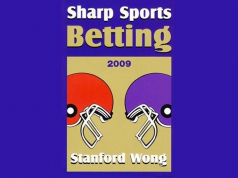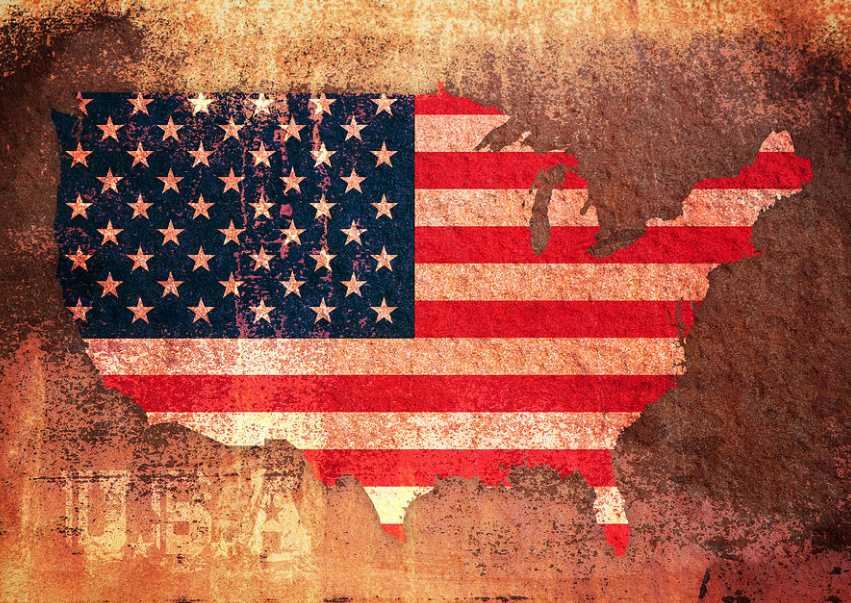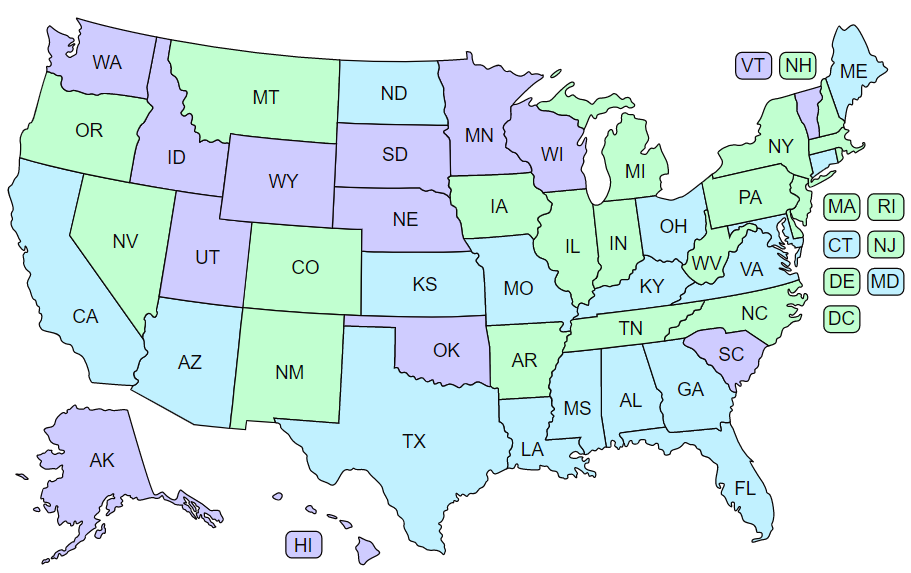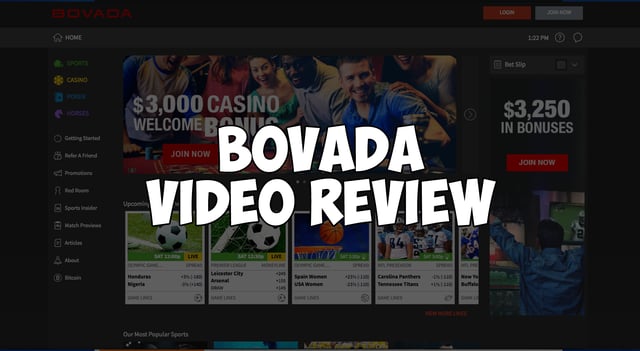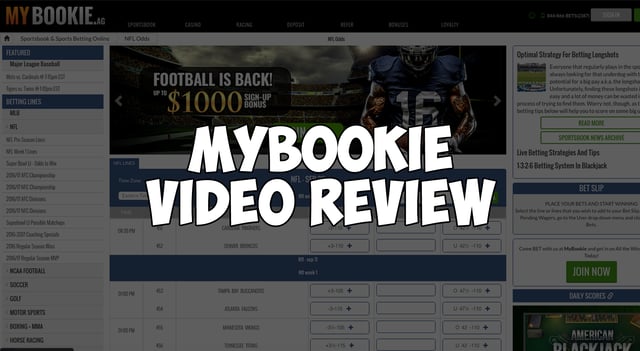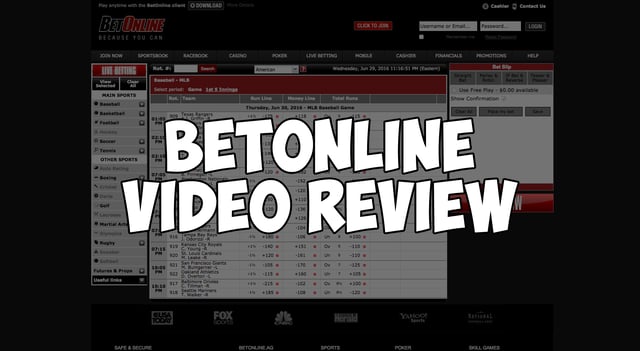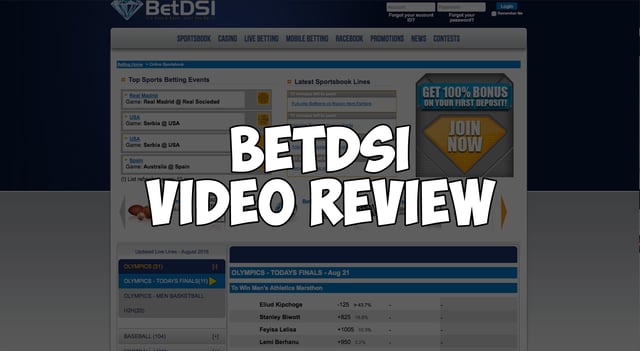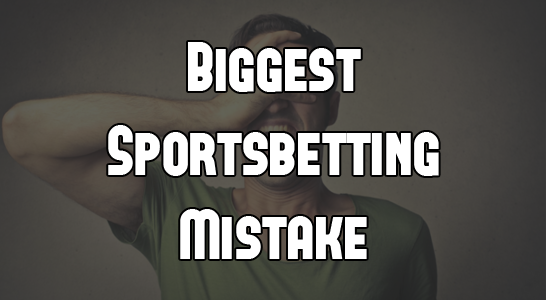
The biggest sportsbetting mistake ever. Every week I receive questions via e-mail and Twitter from readers asking why they keep losing money betting on sports. And every time I respond to them the same way: How do you decide what to bet on? The majority of them reply saying that they use their sports knowledge to pick winners. This is the biggest mistake you can make, as it leads you to undermine profitable sportsbetting procedure. In fact, you do not need to have extensive sports knowledge to make money through betting. In this article we will explore why “picking winners” is a flawed methodology, and how it can be easily fixed by learning the market. It’s time to stop making the biggest sportsbetting mistake ever.
Biggest Sportsbetting Mistake Ever
The reason why picking winners is not a conducive way of making money through sportsbetting is that it draws you away from correct procedure. I will assume most people reading this article are not familiar with how to go about profitable sportsbetting, so I should probably explain that first. One of the most important concepts you will learn is expected value (referred to as EV). To keep things simple, expected value will be the relation between your potential return and your percentage chance of winning. Something that has positive expected value (+EV) means that your potential return is greater than what the win percentage would suggest (making it a good bet to take). Conversely, negative expected value is attributed to situations where the return value is lower than the fair amount.
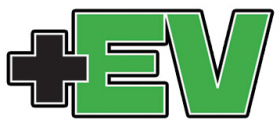
Let’s think of a general example. Say I am taking bets on a coin-flip. If I tell you that for every $100 you wager, I’ll return to you $210 (for +$110 profit) every time it comes up heads. Your true winning percentage is 50%, but your return odds are greater than what you would expect from a fair payout (which would be a $200 return for +$100 profit). This is an example of a +EV bet. If you were to simulate it an infinite amount of times under these conditions, you have no choice but to generate profit. We want to apply this idea to betting on sports events. To put things in relevant betting terms, your “potential return” will be the odds of the market you bet on, and your “true winning percentage” is the probability of winning. This might come as a surprise to rookie sportsbettors, but the odds you see at a betting site are not solely based on outcome. Just because two teams are -110 on the moneyline against each other does not mean they both have a 50% chance of winning the game. Oddsmakers adjust the odds of a game according to how they believe it is being perceived by the bettors. Let’s explore this further.
Perception over Probability
People are predictable. Oddsmakers know this, and they use it to their advantage in order to control the distribution of action on a market. If they know too many people are going to take one side of a game, they will make it worse to bet on. This is done with the purpose of attracting a net increase of action to the other side of the game, as well as lowering the expected value of the heavier side. Bookmakers can choose you create an even distribution of bets (in order to collect profit via the juice), or take a position on a game if they believe they can have a significant amount of wagers on a -EV side.

Let’s use another example to make sure that we understand this concept, as it is crucial towards understanding the biggest sportsbetting mistake ever. Let’s say the two of the highest scoring teams in the NFL are playing a game against each other. In each of their last five games, all games involving these teams has had at least 55 points scored. Oddsmakers determine that the true total of the game (allowing for as close to 50% overs and 50% unders as possible) is only 50.5. However based on the way the game is being perceived, we can expect them to raise the total higher than the true value. Releasing a total between 52 is likely to still attract a majority of the action to the over, which is now at a larger disadvantage. This allows the betting site to take a position on the game. We must take all of this into consideration when deciding who to bet on.
Making the right picks
Now that we understand how oddsmakers set their lines, it is time to describe proper sportsbetting procedure. We must look at each game and attempt to determine which direction the oddsmakers have shifted the odds. We must then bet accordingly; by placing a wager on the side that has positive expected value. In the case of the example above with the football total, the under would be +EV and the over would be -EV. This is because the line that would win 50% of the time is 50.5, and we are allowed to bet on 52. There is 1.5 points of advantage on the under, and 1.5 points of disadvantage on the over. If we were to simulate this match an infinite amount of times, you would generate profit by betting on the under.

Every game you look at needs to be analyzed from a perception standpoint. How is “the public” viewing this game? We refer to the public as individuals who are betting the game without considering their edge. Their line of reasoning generally is limited to:
- Which team is better.
- How both teams have performed over the last five games.
- Trends.
- Key player stats (is the pitcher or quarterback good or bad?).
They make no attempt at determining how the market has shifted to account for perception. They make their picks based on who they think is going to win, or what side of the total they believe is going to hit. This is the biggest sportsbetting mistake ever as it drives you away from analyzing expected value. It can be unsettling to often wager against your sports knowledge, but it is what must be done in order to become a profitable sportsbettor.
How much should I bet?
Identifying and betting according to expected value is the most important thing you can do to become a profitable sportsbettor, but it is useless if you do not size your bets correctly. For individuals who are just starting out, I highly recommend you pick a fixed wager amount that you put on each game. Whenever you identify a betting market that you believe has positive expected value, place a one-unit sized wager on it. Always bet the same amount on every game. There is really no reason to ever use the 1-5 unit system that other people recommend. You can not possibly tell me with a straight face that you are able to identify when one game has five-times the amount of advantage over the offered price than another. If you believe this is the case, you are either giving yourself too much credit, or your baseline is far too low. In terms of actual numbers, I recommend always wagering 1% of your bankroll each game. No exceptions. If you have $10,000 in the bank that you have set aside specifically for gambling, you will be wagering $100 per game. If you stop making the biggest sportsbetting mistake ever, and start identifying games based on expected value, then you will make money. Guaranteed.

For more advanced gamblers, I recommend checking out the Kelly Criterion. This is a math formula that you can use to determine how much you should wager on a game. It takes into account your current bankroll, as well as how big of an advantage you believe you have over a game. The reason I do not recommend novices (or even intermediates for that matter) using this method is because making an error in your market edge can be very costly. I generally recommend the Kelly Criterion to individuals who build math models to project games (as they are working with a constant system in order to calculate the margin between true and implied winning percentages). I will write another article about how to do this another day.
Getting The Best Line
I will get into this topic more in another article, but once you identify which side of a game has positive expected value, your next task is to get the best line possible. This involves determining when the best time is to bet on a game, as well which sportsbook will carry the best odds. At a minimum, I recommend you keep an account funded at one square sportsbook, and one sharp sportsbook. This will give you the option to bet either sides of a given game. For Americans, I would recommend choosing Bovada as your square betting site, and 5Dimes as your sharp betting site.
Biggest Sportsbetting Mistake Conclusion
In conclusion I hope this article has opened your eyes to profitable sportsbetting. Even with this information, I know most of you will not make a serious attempt to apply it. Do your best to introduce this methodology into your betting process. It’s time to stop bragging about how much you know about sports, and to start learning about the intricacies of betting markets. You must make me a promise that you will no longer make the biggest sportsbetting mistake ever. With the right unit system, you will have no option but to make money betting on sports. It’s math.

